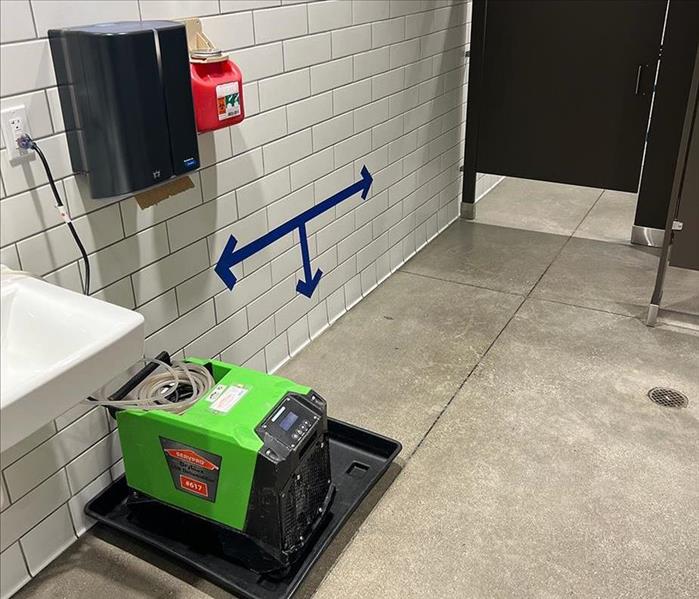Tips for Preventing Long-Term Water Damage
8/16/2023 (Permalink)
Tips for Preventing Long-Term Water Damage
Water is a potent force of destruction to properties and structures, demanding immediate attention to prevent escalating damage. The situation exponentially increases when dealing with unsanitary water, especially if the cleanup and drying process is postponed. Read about the (3) categories a water loss can become and how to respond appropriately.
Category 1: Clean Water Risk to Occupants: Minimal, provided swift action is taken.
Common Sources: Issues in water supply lines, overflowing sinks, rain, and snow.
Key Points: If left untreated for over 72 hours, it transitions to a Category 2 Water Issue.
Category 2: Gray Water Risk to Occupants: Moderate, potentially causing discomfort and health issues.
Common Sources: Toilet tanks, sump pumps, dishwashers, or washing machines.
Key Points: Category 2 Water Incidents contain harmful substances unsuitable for consumption. Removal of carpet pads and treatment of saved carpets with hot-water extraction are essential steps. Neglecting treatment for 48 hours elevates it to a Category 3 Issue, incurring higher costs. Urgent action is imperative.
Category 3: Black Water Risk to Occupants: High, with potential for severe illness if mishandled.
Common sources: Sewage or toilet backflows, as well as surface water carrying organic matter.
Key Points: Prioritizing safety of occupants and workers is crucial during a Category 3 Water Problem. Proper disposal of affected materials is mandatory.






 24/7 Emergency Service
24/7 Emergency Service
